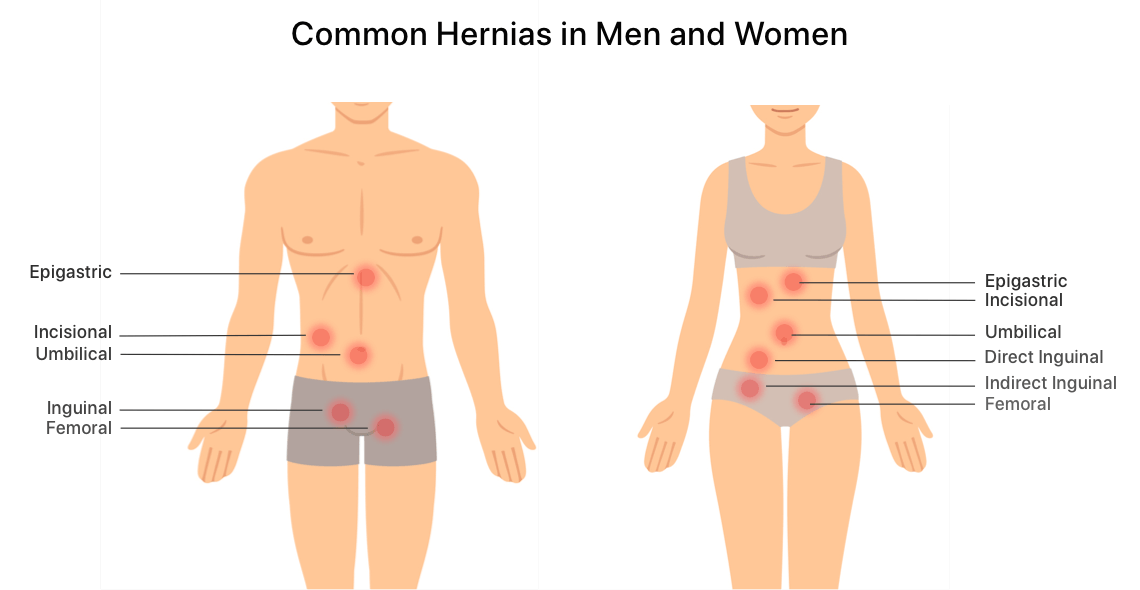

Minimally invasive surgery, also known as laparoscopy, involves a series of small incisions. Be careful not to overexert yourself, as it may still be a few weeks until you can return to your regular levels of activity.ĭepending on the site of your hernia, your surgeon will give you specific instructions on what activities you can do and when you can return to exercising and other regular activities. Rest is recommended, however, you should move around to encourage proper circulation and improve recovery. This procedure is typically performed with local anesthesia, general anesthesia, or sedation. Once the tissue is in its rightful place, the incision is closed with stitches or stapled. This often requires the surgeon to strengthen the herniated area with mesh. Open surgery involves a small incision, pushing the protruding tissue back into your body and securing the incision so the tissue doesn’t herniate again. Surgical options range from minimally invasive surgery to open surgery. Your doctor may also recommend surgery as a preventive measure, to ensure there are no complications later on. Surgery is the most likely treatment for relieving large or painful hernias. This is a medical emergency and requires immediate care. They often develop within three weeks to six months after a procedure but can occur at any time.Ī bulge or protrusion at the site of the incision is the most common symptom but if too much tissue or intestine gets stuck in the weak spot, it can create severe pain when the tissue loses blood supply.
/what-is-incisional-hernia-3157228-5c1af93a46e0fb0001d3716a.png)
Incisional hernias depend on the size of the incision. Stomach acid retention may also result in stomach ulcers, which can bleed and lead to low blood counts. acid reflux due to increased stomach acid retention.stomach pressure, including squeezing or twisting sensations.However, larger ones could result in the opening in your diaphragm also becoming larger, which makes you more susceptible to other organs extending into the chest. Hiatal hernias tend to be so small that there’s a chance you won’t feel them at all. These are usually painless for children, but adult umbilical hernias may cause some discomfort in the abdomen. Umbilical herniasįor babies with umbilical hernias, the bulge may only appear when crying or coughing. However, larger ones might cause pain or discomfort when standing up, lifting heavy objects, or if they appear in the upper thigh or hip. swelling and discomfort around the testicles if the protrusion descends into the scrotumįemoral hernias, especially small- or medium-sized ones, might not present any symptoms.pressure, sensitivity, or weakness in your groin.burning or aching in the area of the bulge.These bulges tend to become more visible in an upright position and may cause pain or discomfort in your groin when: increased internal pressure in the abdomen.straining when urinating or having a bowel movement.violent sneezing, such as from allergies.The most common symptom for an inguinal hernia is a bulge in the groin, which can appear without warning as a result of excess strain, such as: Also known as ventral hernias, these develop when the closed tissue and muscles don’t entirely re-attach, allowing internal structures to protrude through the weakened area. Of those who undergo an abdominal surgery, 33 percent will develop an incisional hernia. Most commonly found in infants, these occur when part of the intestine pushes into the abdomen through the belly button. These occur when part of the stomach extends into the chest through openings in the diaphragm. However, these involve a bulge appearing in the lower abdomen, groin, hip, or upper thigh. Though less common, femoral hernias are often confused with inguinal hernias because they occur in a similar area for similar reasons. Most commonly found in men, these occur when the intestine or, very rarely, the bladder extend into the groin via the inguinal canal. Hernias involve a protruding internal organ or body part being pushed through the muscle or tissue.


 0 kommentar(er)
0 kommentar(er)
